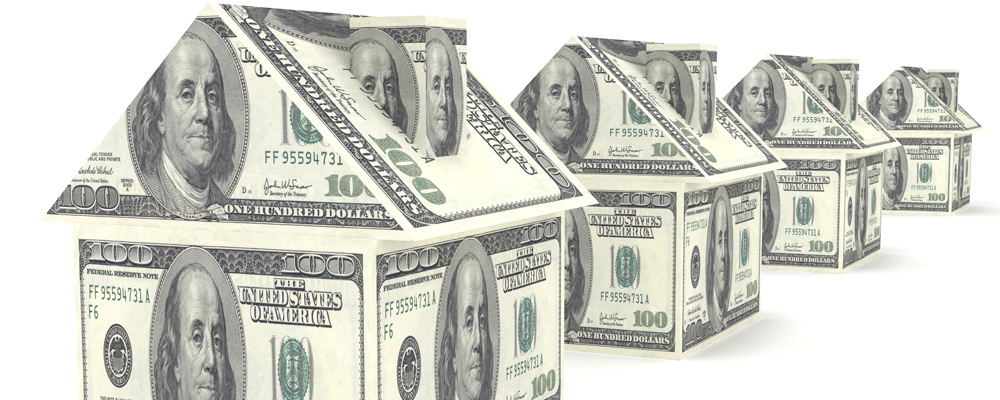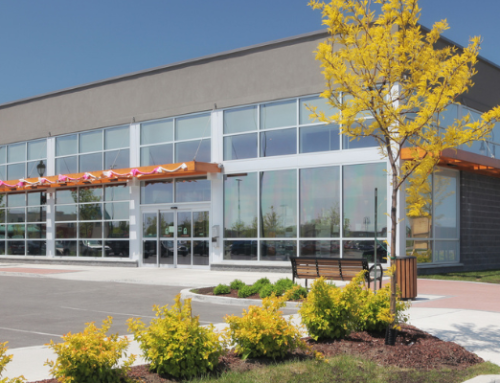Mortgage rates may be trending slightly downward, but they’re still about double what they were a year ago. Until inflation eases up, it’s likely that rates won’t go much lower; if there’s a recession, interest rates could climb again. Affordable real estate is another issue. As potential home buyers are looking for ways to better manage the higher costs of purchasing a home, one option is the 2/1 rate buydown.
Interest Rate Trends
As of this writing, the 30-year fixed rate for a home mortgage is around 6.3 percent. While lower than Fall 2022, it is still more than 2.5 percent higher than this time last year.
When interest rates hover around six percent, that equates to around 24 percent less buying power than when rates were still three percent. A home that costs $250,000 with a four percent mortgage interest rate would have a monthly payment of around $1,194; the same loan at a six percent rate would cause the monthly payment to increase by almost $250.
Interest rates aren’t the only factor affecting housing prices. There have been fewer available homes on the market, causing a mismatch between supply and demand. Inflation has had an impact and the local market will influence home prices as well.
Regardless of the reasons, homebuyers who want to explore ways to lower the cost of their mortgage can consider a 2/1 rate buydown.
What is a 2/1 Temporary Rate Buydown?
A 2/1 temporary rate buydown is a method of lowering the interest on a mortgage for the first two or three years. Rate buydowns have been part of home financing for decades and have been trending in recent months as interest rates and inflation keep home costs higher.
A 2/1 temporary rate buydown is a form of seller assist agreement that lowers the interest rate two percent during the first year, increases the rate one percent in year two, and by year three, the full rate would be in effect.
Home builders and sellers can use a temporary rate buydown to entice potential buyers. Some lenders may also offer rate buydowns.
Buyers could use the 2/1 method if they anticipate lower rates in the future and plan to refinance. It works best when the buyer plans to stay in the home as the cost of the initial purchase plus refinancing fees can add up at closing and the refinance. Buyers would need to pay more at closing but can often save a significant amount over the loan term. Even when the seller agrees, the buyer still has to qualify for the loan at the full interest rate.
From the seller’s perspective, a 2/1 rate buydown functions like buying mortgage points or a lump sum amount that’s deducted from the sale proceeds and paid for at closing. The seller doesn’t have to accept a lower offer, encourages potential buyers to purchase the home, and still helps the buyer with a lower mortgage payment. This form of seller assist can potentially help market the home to first-time home buyers, who are uneasy about a high mortgage payment.
Differences Between Rate Buydowns, ARMs, and Discount Points
Rate buydowns, adjustable-rate mortgages (ARMs), and discount points are similar but differ in key ways.
An ARM starts out at a lower interest rate, but the rate is variable and not guaranteed. ARMs usually have lower beginning interest rates, but payments can be unpredictable over time. With a rate buydown, the rate never changes beyond the agreed-upon timeframe. ARMs are also only offered through mortgage lenders and the seller has no bearing in the loan type or term.
Discount points will permanently lower the mortgage interest rate but involve higher upfront costs. Each point will lower the interest rate by about 0.25 percent and cost one percent of the loan – so it also involves more upfront money. It can take as many as six or seven years for savings on the monthly payment to outweigh the higher costs at closing.
2/1 Rate Buydown Considerations
Despite the obvious advantage of lowering the buyer’s interest rates at the beginning of the loan term, it may not be appropriate for every situation.
A buyer who is likely to move within a shorter timeframe, such as five years or less, may not find the rate buydown worth it. And if household income doesn’t rise in tandem with the higher rates, the monthly payment could end up being unaffordable anyway.
There are other variations on the rate buydown, too.
- 1-1-1 buydown, in which the interest rate is one percent lower for the first three years of the loan
- 3-2-1 buydown, in which the interest rate three percent lower the first year, two percent the second year, and one percent the third year
Some lenders will have limits on seller concessions, so parties interested in a rate buydown also need to check their financing options.
Home builders and sellers can keep temporary rate buydowns top-of-mind if they’re having difficulties selling the property. It can be a mutually beneficial way to lower the buyer’s mortgage payment while maintaining a higher asking price for the seller.
Home builders and other industry stakeholders with questions about how temporary rate buydowns can fit into their 2023 residential real estate plan can reach out to PBMares Partner Ryan Paul, CPA in the Construction & Real Estate group.





